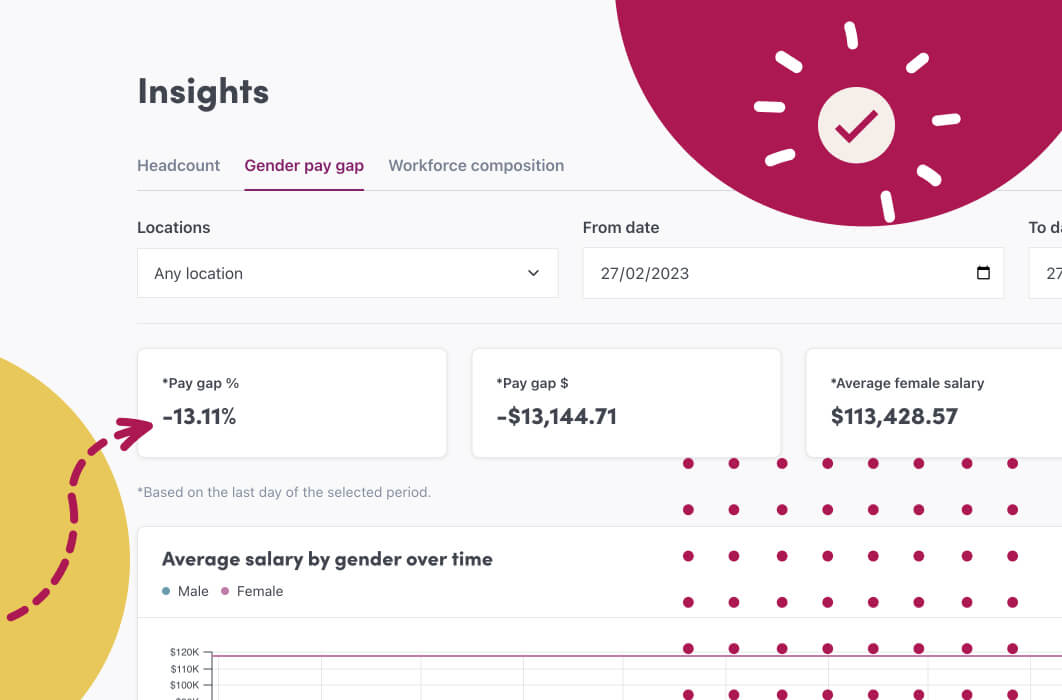If your business and it’s workers is still working remotely or splitting time between home and the office on a hybrid schedule, you know it has numerous benefits: flexibility, no commute, and a workspace tailored to your needs. But there are also some stressors, particularly when it comes to work/life balance. It can be hard for people to separate work and home lives when they take place under one roof, and it’s easy to feel like you’re always on the clock. When that happens, remote work fatigue can set in, making it hard to get through the day.
That’s when it’s important to build self-care into the daily schedule of employees lives to avoid work burnout. Tending to physical, mental, and emotional health makes for a higher performing workforce that also experience better home and social lives.
Signs an employee is experiencing work fatigue
- Daytime sleepiness or chronic tiredness
- Lack of motivation at work
- Moodiness at home and on the job
- Dissatisfied with your career, bosses, or co-workers
- Inability to focus or concentrate
- Changes to sleeping or eating patterns
- Physical problems such as headaches and stomach pains
This article is brought to you by Worknice guest blogger Phil Hinkle, the co-founder of Mobile IV Nurses and is also involved with Rocky Mountain IV Medics
Don’t let remote work fatigue (burnout) get the best of you and your workforce. Here are some simple strategies you can try to feel re-energised and recharged if you experience the signs of remote work fatigue.
Meditation
Meditation is awesome (or is that awesOMMMM) for whole-person care. The practice calms your body and mind so you can focus on the here and now. You may pay attention to your breath, your bodily sensations, or your mind-space. Meditation takes place in a serene space free of screens, phones, or other distractions.
Building clarity and awareness through mediation has its benefits. Studies indicate meditation can improve mental and physical health by:
- Reducing stress
- Decreasing symptoms of anxiety and depression
- Easing pain (and the related stress that can come with chronic pain)
- Replacing fatigue with a new sense of energy
- Potentially supporting the immune system
Here are a few suggestions for starting a meditation practice:
Start Small
Don’t feel pressured to jump into an hour-long meditation session if you’re not used to being still and focused. Start with a few minutes of meditation and add a minute or two each time you practice.
Give Yourself a Break
At first, it may be hard to clear your mind; it’s not uncommon to think of deadlines, a client email you have to respond to, or your grocery list during meditation. The key is to simply observe the thoughts passing through your head and let them go, without being hard on yourself for losing focus for a moment. It will get easier the more you practice.
Create a Quiet Spot
Carve out a place where no one will bother you during your meditation. If space is at a premium, find a time when other people in your home aren’t around, such as early in the morning before everyone wakes up. Make this a comfortable haven with throw pillows, a blanket, or an oil diffuser or incense.
Find a Guide
A simple way to meditate is to focus on your breath, tracking your natural inhale and exhale. But there are many kinds of practices, ranging from mantra chanting to scanning the muscles of your body in progressive relaxation. There are countless apps and online videos you can try if you want to establish a guided meditation practice, where someone else leads the session.
Commune with Nature
Suffering from Zoom burnout? Step away from the screen and reset with some outdoor meditation. Spending time in nature is restorative to the soul–if you can’t make it to a nearby beach or park, just sit in your backyard or apartment balcony. Another great option: take a mindfulness walk around your neighborhood, reflecting on the sights, sounds, and smells.
IV Therapy
If you think IVs are limited to emergency rooms or medical clinics, think again. IV therapy has grown in popularity in recent years because it:
- Rehydrates the body, easing common dehydration symptoms such as headaches and fatigue.
- Goes into the bloodstream intravenously, so the vitamins, minerals, and other ingredients in the IV fluid can be rapidly absorbed in the body, especially compared to oral liquids, pills, and other solutions that need to be digested first.
- Has the versatility to be used for a variety of wellness needs.
Some tips for anyone who wants to try IV therapy for work burnout symptoms:
Go Mobile
IV sessions are quick–about 45 to 60 minutes–but you can save even more time with a mobile IV service. These services come to your home, and many offer evening and weekend hours for greater flexibility.
Use Professionals
Ideally, your IV provider should be a well-trained medical professional, such as a registered nurse or paramedic. They have the knowledge to make sure you’re safe and relaxed during the infusion.
Customise Your IV
Some IV companies allow you to add specific ingredients to your IV to achieve your health aims. For instance, one study found that intravenous vitamin C reduced fatigue, so you may want to add that to your IV bag if you need more energy.
Massage
A good rubdown is an ideal antidote for burnout at work. Massage benefits include:
- Relaxation and stress reduction
- Pain relief
- Increased energy
- Lower blood pressure/heart rate
- Immune system support
When you get a massage for work fatigue:
Find a Qualified Therapist
Day spas typically employ experienced masseuses, so you should be in good hands. If you opt for an at-home massage, ask the therapist about their credentials to ensure they have the proper license or certification.
Be Prepared
Talk to the massage therapist about the type of massage that’s best for you (Swedish, deep tissue, etc.) and discuss any injuries or sore spots on your body prior to treatment.
Take Your Time
You don’t want to negate the benefits of your massage if you have to run back to your home office for a Zoom meeting. Stay in relaxed mode as long as possible by carving out an hour window before and after your massage.
Make time to care for yourself while working from home and prevent remote work fatigue before it becomes a problem.
About the guest blogger
Phil Hinkle was born and raised in Southern California. He and his family moved to Arizona in 1995 and they have happily called this their home ever since. Phil’s professional background includes Pre-Hospital Trauma, Surgical and Trauma Critical Care, Interventional Radiology, Cardiac Cath Lab, Hospital Supervisor, Nurse Manager, and Nursing Service Chief. He is the co-founder of Mobile IV Nurses and is also involved with Rocky Mountain IV Medics.
How can you ensure your employees are avoiding fatigue?
It’s one thing to identify remote work fatigue as a potential issue within your workforce, but it’s another to do something about it. Here are two common ways Workncie can help you manage the risk of fatigue amongst the workforce;
1: Engagement surveys – find out if your people are experiencing fatigue
2: Policies – build anti-fatigue measures into your company policies.



